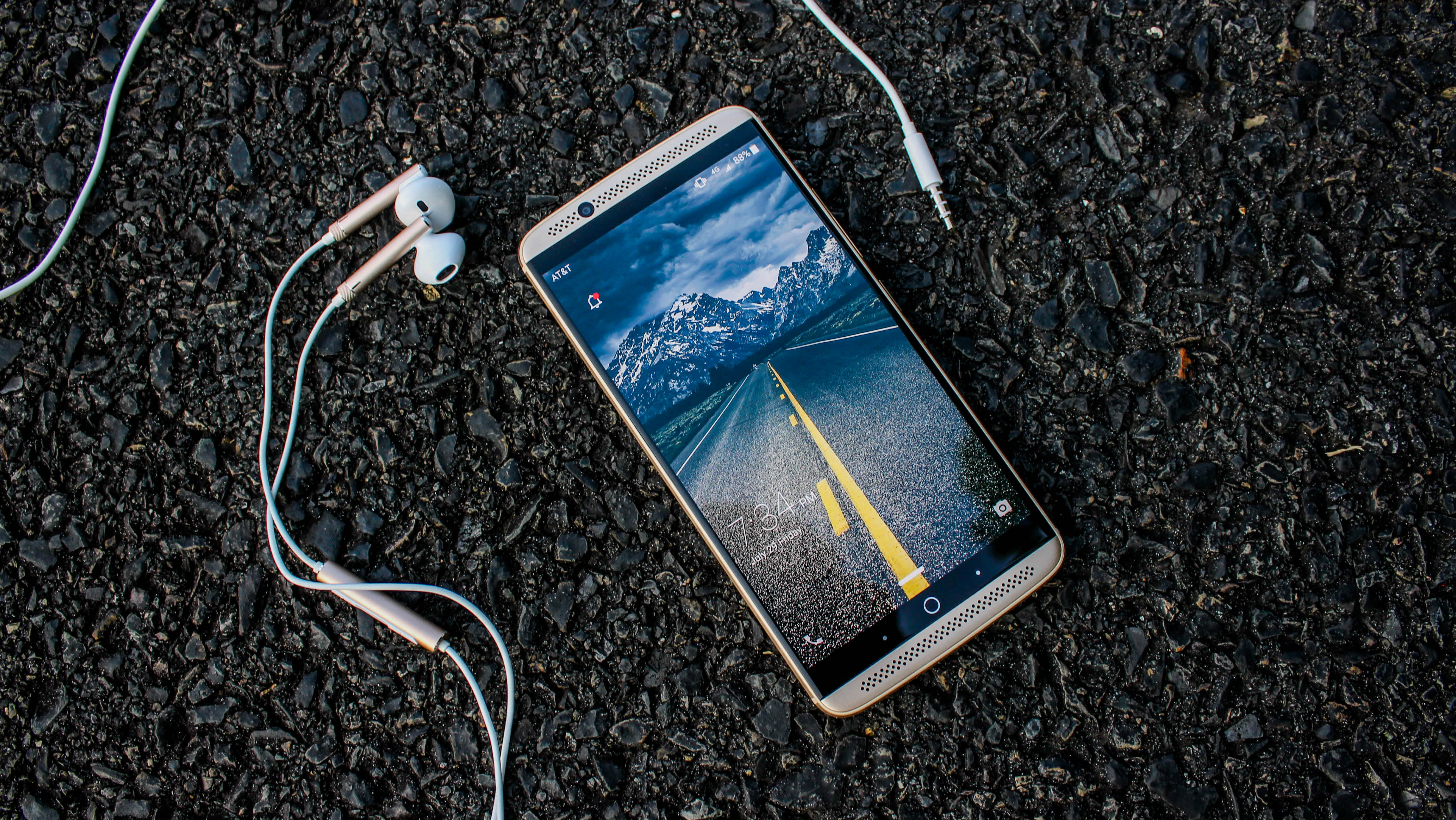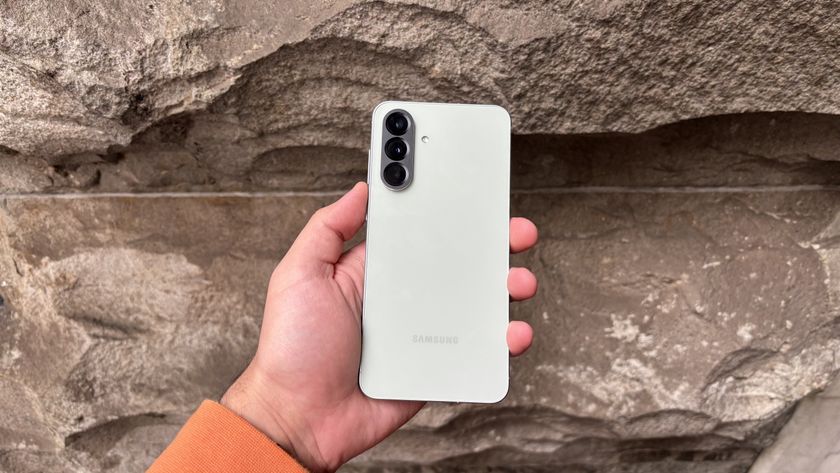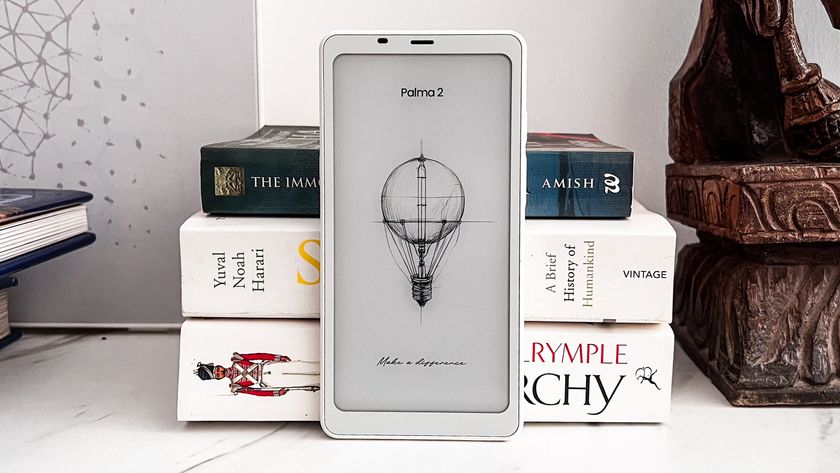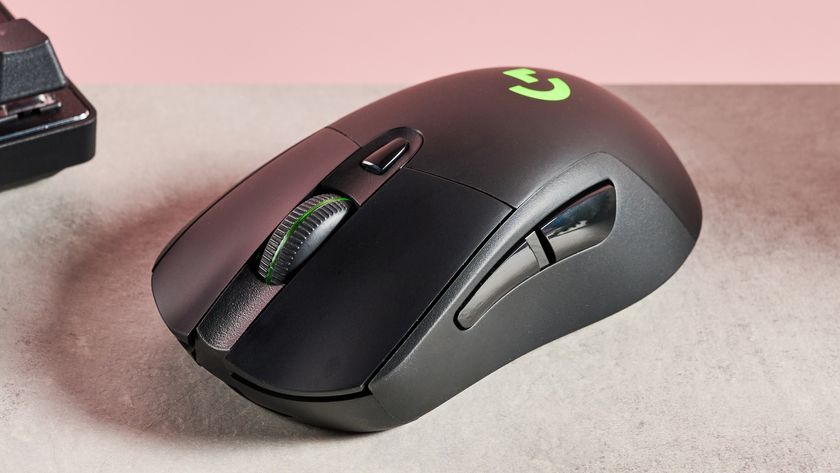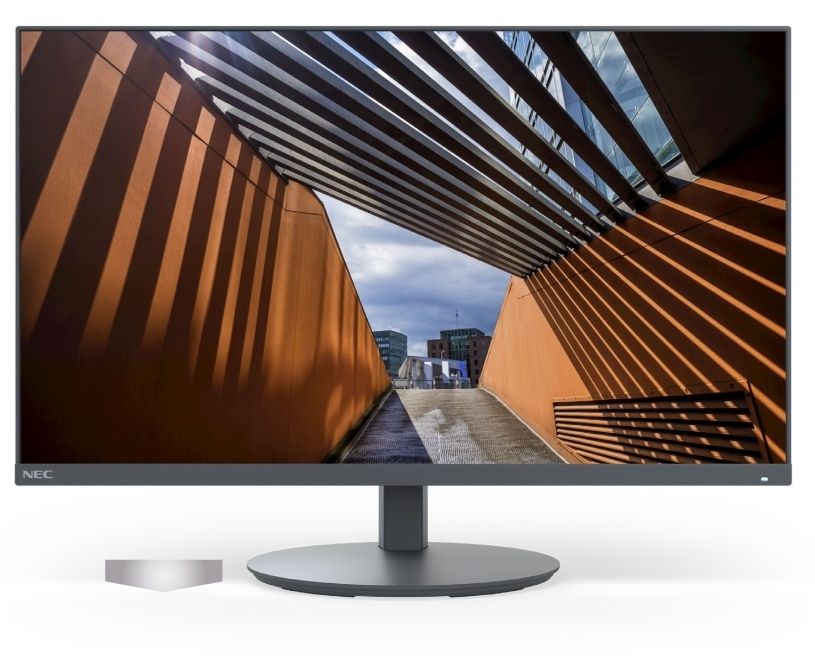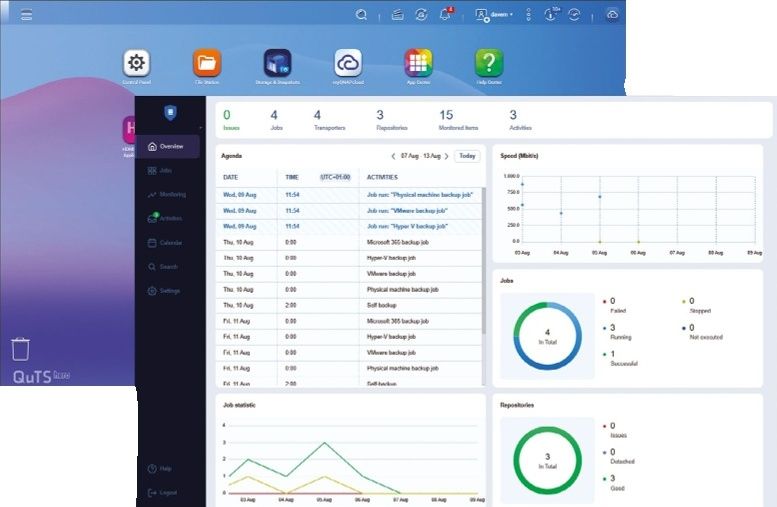Why you can trust TechRadar
The ZTE Axon 7 doesn't just resemble a Samsung or Apple handset on the outside, the inside is also able to compete with top-of-the-line Android phone internals despite its fair price.
It has a Qualcomm Snapdragon 820 processor running at 2.2GHz, and 4GB of RAM, matching chip-for-chip what we've seen in the LG G5, HTC 10, Moto Z, Moto Z Force and Samsung Galaxy S7, S7 Edge and Note 7 (well, Samsung's US version of their phones, at least). It's not the new Snapdragon 845 chip that's due for the Samsung Galaxy S9 and Galaxy S9 Plus, but it's fast enough for most of today's tasks and games.
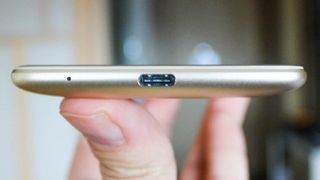
Even without the 128GB/6GB option at launch, there's still a big differences between the Axon 7 and other Android phones when it comes to storage. The default 64GB of internal storage doubles ZTE's competitors (except for the new OnePlus 3 and Note 7).
Not enough space? It has expandable storage with a microSD card slot or, if you're not using that, you can turn the empty tray into a second SIM card slot thanks to dual SIM card support. That's right, the ZTE Axon 7 remains a dual SIM phone for the US, UK and Australian models when most manufacturers rudely change the design on Western variants. Not this time.
The option is a welcomed change for travelers who want to keep their main number active for phone calls and texting while overseas, but allocate costly data to a cheaper foreign SIM or simply T-Mobile's priceless international-included plan (at slower, but acceptable 2G and 3G speeds) outside of the US.
Performance
The ZTE Axon 7 is snappy and showed no signs of significant slowdown when put through our initial tests. Best of all, at no time did the phone overheat like the ZTE Axon Pro did with the Snapdragon 810 processor.
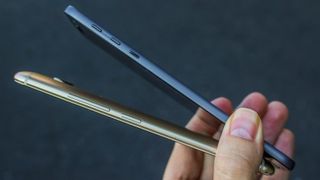
Qualcomm did a much better job with its latest chip, and the Axon 7's Geekbench 3 benchmarks show just that. Its processor, along with an Adreno 530 graphics chip and 4GB of RAM, sped up to multi-score average of 5,393.
It edged out the Galaxy S7 and S7 Edge by a small margin (5,342), at least in the US where Samsung's phone also has the Snapdragon 820 processor. Everywhere else in the world, the Galaxy 7 series uses Samsung's Exynos chip, and those phones rank way better (6,500).
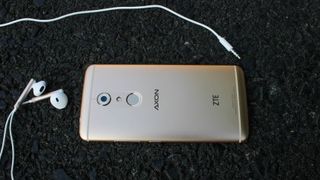
Whether or not the ZTE Axon with 4GB of RAM is faster than the Samsung Galaxy S7 is a split decision, fully dependant on where you live. But, no matter what, the benchmark tests tell us that this phone performs well under pressure.
Beating the S7 US variants is a noble accolade, but the similarly priced OnePlus 3 (5,425) and its 6GB of RAM beat all US phones. Axon 7 also faces new challengers right away: the Asus Zenfone 3 Deluxe may outperform all of these phones with the new Snapdragon 821 processor in addition to its aforementioned 6GB of RAM.
The thing is, this is very much a meaningless numbers game at the moment. You won't notice a speed difference during the first year of owning this phone. Apps just don't take advantage of 6GB yet, so you're safe with the 4GB Axon 7 for now.
Current page: Specs and performance
Prev Page Introduction, design and display Next Page Android and apps
Why no business is safe from state-sponsored cyber attacks

"The best AI comes from the best data” - why NetSuite thinks AI is changing everything, but its “secret sauce” could be just what your business needs
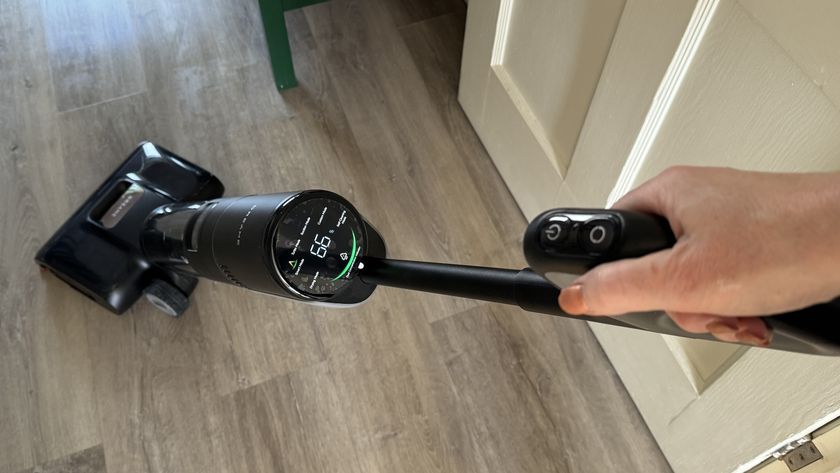
This cutting-edge wet-and-dry vacuum is so good, I'd even forgive it for damaging my wooden floors
